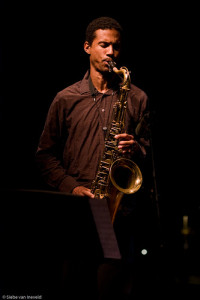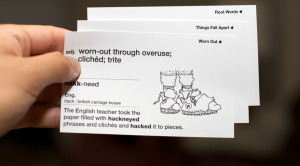Tunes are our shared language. One of the most beautiful and unifying aspects of jazz is this common musical familiarity that enables any group of seasoned musicians to get together and immediately start making music. I’ll cover the pros and cons of learning tunes as well as the right approach to building a solid base of tunes in your arsenal. At the end I give a list of tunes to learn, separated out by their importance based on the frequency with which they get called at sessions/gigs.
=&0=& Why limit your pool of gigs?
=&1=&Learning to navigate myriad harmonic, rhythmic, and structural intricacies of various tunes makes you a more well rounded improviser and better musician.
Your compositional foundation comes from the tunes you have studied. You will use the melodies, forms, and harmonic standards should you choose to start composing (highly recommended!).
Put your listening into context. Once you know a tune, listening to a recording/show of somebody playing that tune becomes far more meaningful. You will be an engaged, active listener, and you will begin to understand the choices the improviser is making
The Dark Side of Tunes
Knowing a shared set of tunes can be a crutch. An unrehearsed group of guys gets on the bandstand, takes 10 minutes between songs trying to figure out a tune to play next, then eventually agrees on something everybody knows and doesn’t consider too lame. We’re all guilty of this from time to time. Not only does this come across as extremely unprofessional, but also consider that the portion of your audience that’s not musicians is probably already a bit confused by jazz in the first place. Why further alienate them? Check out some of the veteran guys on the scene to learn how to play a pure tunes gig while still putting on a good show. ...read more






